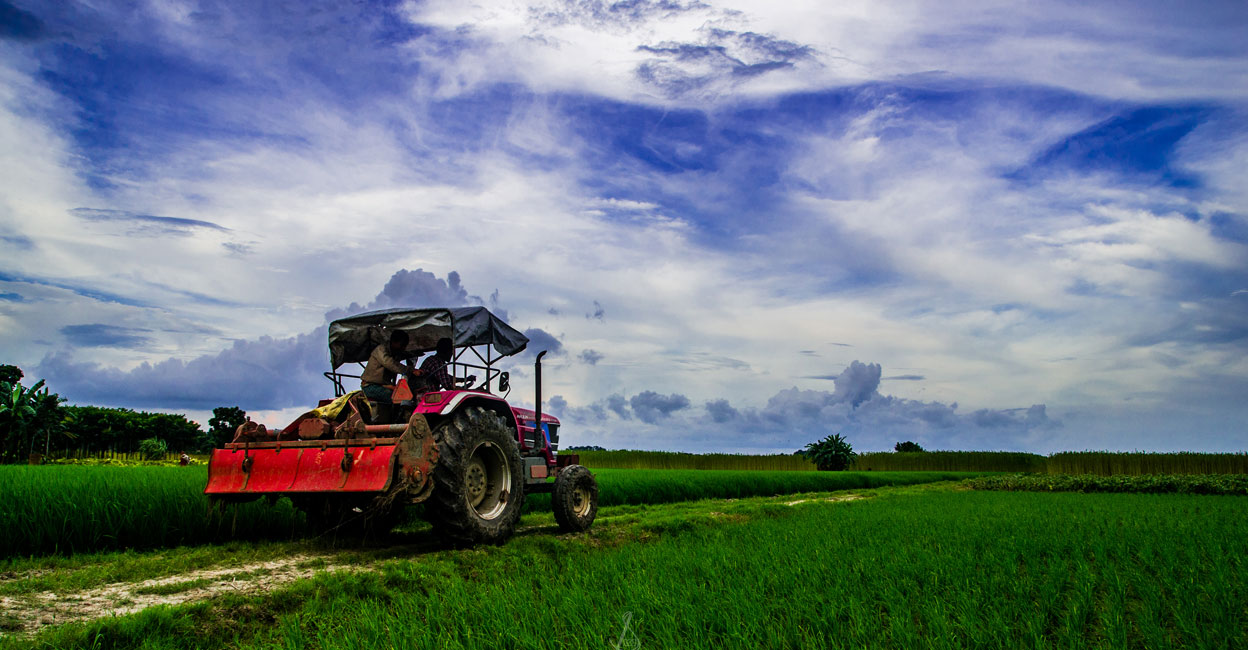New Delhi: Agriculture and related sector proved the most resilient to the Covid-19 shock, as it recorded a growth of 3.6% in 2020-21 and increased to 3.9% in 2021 -22, driving the real growth of the Indian economy as a whole. GDP growth of 9.2% in 2021-22, according to the Economic Survey 2021-22.
He also said that the growth of the related sector is in line with the recommendations of the Committee on Doubling Farmers’ Incomes.
Stating that the agricultural sector has seen steady growth over the past two years, the economic study noted that the agricultural and related sector is the largest employer of labor as it accounts for 18.8% (2021 -2022) of the gross value added (GVA) of the country.
Growth in related sectors, including livestock, dairy and fishing, has been the main driver of the overall growth of the sector, and these are emerging as high growth sectors.
“The livestock sector has been growing at a CAGR of 8.15% over the past five years ending in 2019-20. As revealed by the latest Situational Assessment Survey (SAS), the sector has been a stable source of income for all farm household groups, around 15% of their average monthly income,” the Economic Survey states.
“This improvement in the contribution of allied sectors is in line with the recommendations of the Committee on Doubling Farmers’ Income, which suggested a greater emphasis on allied sectors to improve farmers’ income.”
The latest SAS report also showed that the fragmentation of land holdings has led to alternative sources such as livestock, fishing and wage labor which have become very important for a farm household.
“The growing importance of related sectors, including livestock, dairy and fisheries, in the growth and incomes of farmers indicates that more emphasis needs to be placed on harnessing the potential of related activities. There is also a need to improve the productivity of smallholders and marginal farmers through the development and implementation of technologies for smallholder farming,” the document states.
The document also explains how the Minimum Support Price (MSP) policy is used to promote crop diversification. Important findings from the latest situational assessment survey suggest that net receipts from agricultural production alone have increased by 22.6% compared to the previous SAS report in 2014, although there is a visible diversification of sources farmers’ income.
While the government has embraced the use of MSP as a signal to encourage crop diversification, there is also a need for state governments to act in a coordinated manner to facilitate the shift to high value, less water consuming crops. to help achieve the goal of doubling farmers’ productivity. sustainable income.
The government has also taken steps to increase the production and domestic supply of oilseeds and edible oils, interventions in the sugar sector and the promotion of crop diversification.
The government has focused on the food processing sector, which is not only an important market for agricultural products, but also a major employer of surplus labor engaged in agriculture.
Highlighting that India runs one of the largest food management programs in the world, the economic study said: “The government has further extended the coverage of the food security network through additional provisions of food grains through programs like Prime Minister Gareeb Kalyan Yojana (PMGKY).”











More Stories
Sri Lanka’s post-harvest losses in agricultural sector exceed Rs. 55 billion – – The island
SAU Vice-Chancellor emphasizes effective research in agricultural sector
Agriculture sector threatened by climate change, expert says – Pakistan